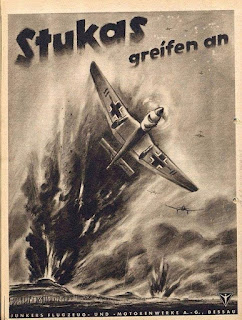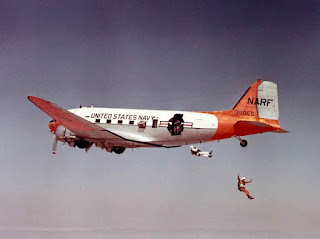The 6 August 1940 issue of Der Adler, the official Luftwaffe magazine, features a striking illustration that encapsulates the aggressive air doctrine of the early Second World War. Dominating the scene is the Junkers Ju 87 Stuka, the Luftwaffe's infamous dive bomber, captured in a dramatic nose-down assault—the very embodiment of Germany's Blitzkrieg tactics.
Engineered by Junkers Flugzeug- und Motorenwerke A.G., the Ju 87 was designed for high-precision ground attacks. Its hallmark was the terrifying descent accompanied by the unmistakable whine of the Jericho-Trompete sirens, devices intended not merely for intimidation but also as psychological warfare. With its inverted gull wings and fixed undercarriage, the Stuka became an icon of both form and function in aerial combat.
This particular illustration, published at a time when German forces were advancing rapidly across Western Europe, served as both propaganda and patriotic morale booster. The accompanying caption, “Stukas greifen an” (“Stukas attack”), underscored the aircraft’s role in shaping early battlefield outcomes through coordinated aerial and ground offensives.
Though later rendered vulnerable by enemy air superiority, the Stuka's tactical influence and symbolic power remain emblematic of a pivotal era in aviation history. The artwork in Der Adler endures as a visual testament to the ambitions, fears, and fervor of wartime Germany.



.jpeg)






